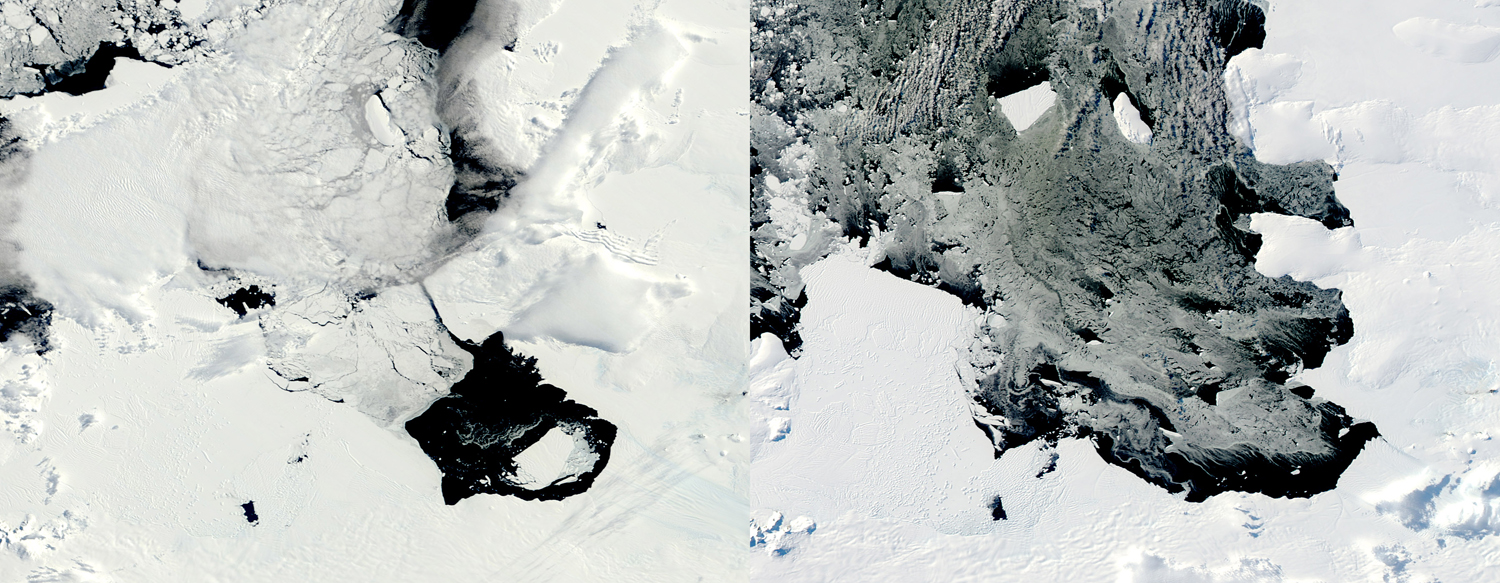
A massive iceberg that broke off from Antarctica’s Pine Island glacier last November is drifting out into the open ocean, according to NASA scientists.
The ice massif, known as B31, will be swept up in the currents of the Southern Ocean soon; however, tracking the iceberg will be difficult as winter descends on Antarctic leaving little daylight for scientists to work with.
According to NASA scientists, iceberg calving is routine, but the breaking off of B31 has raised new questions about the speed at which the process occurs.
“Iceberg calving is a very normal process,” said NASA’s Kelly Brunt, a glaciologist at Goddard Space Flight Center. “However, the detachment rift, or crack, that created this iceberg was well upstream of the 30-year average calving front of Pine Island Glacier (PIG), so this a region that warrants monitoring.”
Scientists are reportedly much more interested in the fate of the Pine Island glacier, which is “thinning and draining rapidly” and could lead to a significant increase in sea levels if the process continues.
More Must-Reads From TIME
- The 100 Most Influential People of 2024
- The Revolution of Yulia Navalnaya
- 6 Compliments That Land Every Time
- What's the Deal With the Bitcoin Halving?
- If You're Dating Right Now , You're Brave: Column
- The AI That Could Heal a Divided Internet
- Fallout Is a Brilliant Model for the Future of Video Game Adaptations
- Want Weekly Recs on What to Watch, Read, and More? Sign Up for Worth Your Time
Contact us at letters@time.com